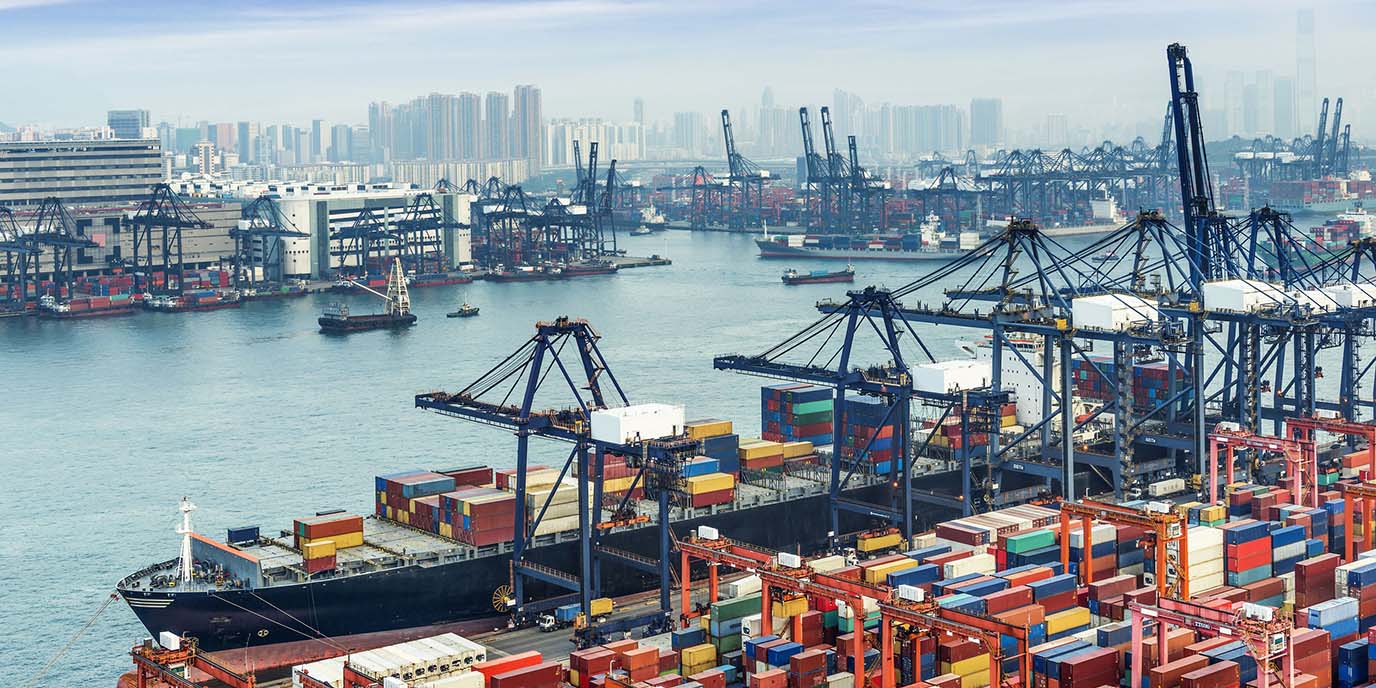Groningen Seaports is the name of the port authority which manages and operates Delfzijl and Eemshaven port with accompanying industrial zones. Both harbour areas feature several clustered business parks, including an energy park. A multimodal infrastructure network originating in the harbour areas and the Veendam rail terminal provides the hinterland with good connections for logistic flows. Groningen Seaports is a medium-large port situated on the North Sea, together with 25 other regional ports, and between the Rotterdam and Hamburg mainports. Together, mainports and regional ports form the backbone of transport networks. A port settles for a port vision in order to clearly position itself within its network by way of selecting the activities it wants to carry out and attracting appropriate new businesses for the purpose of creating economic growth for the region in a sustainable manner.
A role in synchromodal transport networks
By way of a strategic cooperation, COPE and Groningen Seaports are trying to find joint answers to a variety of research questions. During a five-year period, scientists and students are conducting research into port-related issues. One major research theme is the reasons why businesses locate in the port. What role does cooperation with other businesses play in that decision? How can clustering be promoted? And what role will the port authority be able to fulfil in this?
Another issue concerns the criteria which are used to measure port performance. While a port's importance is often measured against its volume throughput in the port itself, the economic value which is added to the region also matters.
Synchromodal transport networks constitute a significant priority area in the five-year research programme. These are networks in which shippers can switch at any time between transport modalities, including shipping and road transport, dependent on the situation. What roles could Groningen Seaports and the Veendam rail terminal play in such a network, what logistic flows play a role now and will play a role in the future, and what investments in infrastructure will be required?
Access to academic insights
The partnership between COPE and Groningen Seaports is unique because only a framework has been put into words for the 5-year partnership period. Within this framework, by agreement and based on prevailing developments, new research questions can be formulated and existing questions adjusted.
Besides that, both parties are building a bridge between theory and practice in this way. This is evident from the input given by the University of Groningen and its students when the Groningen Seaports' port vision was created. In addition, one of Groningen Seaports' staff members is carrying out doctoral research at the university.


